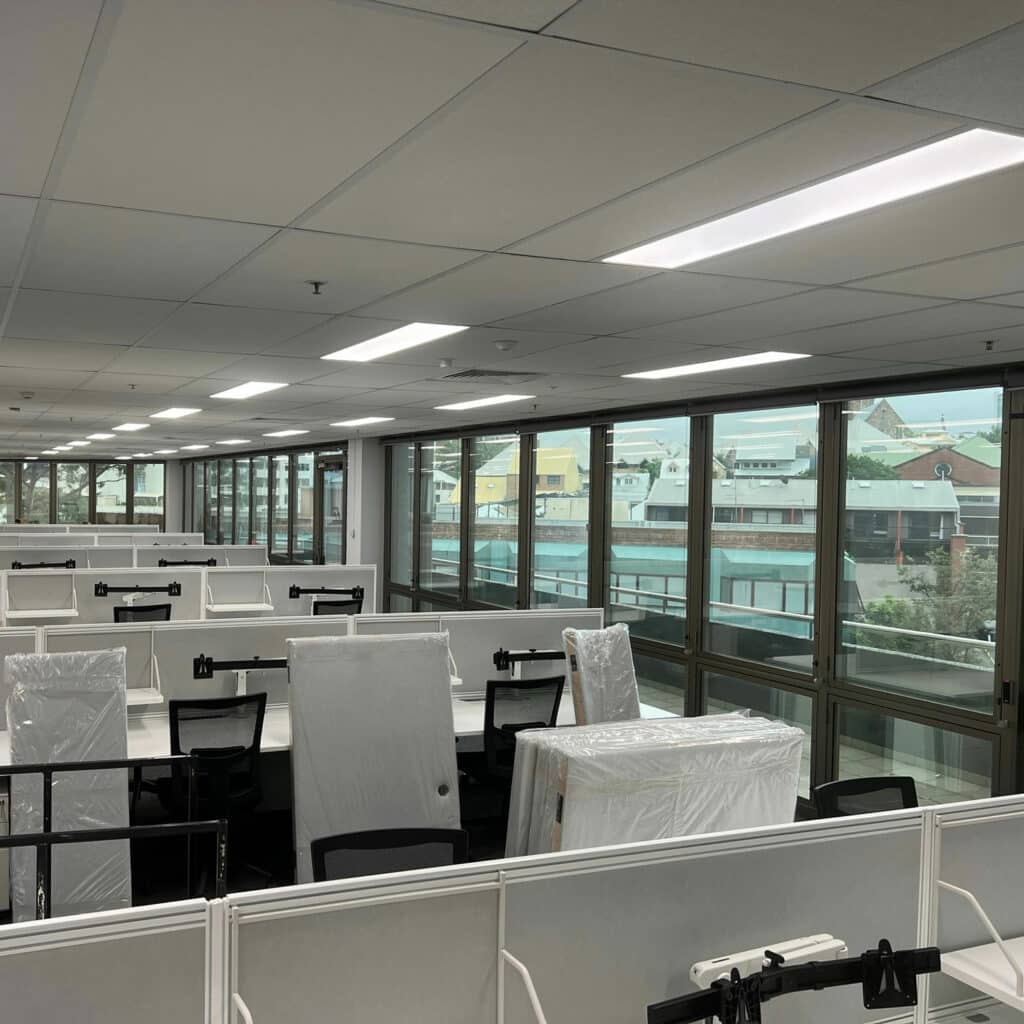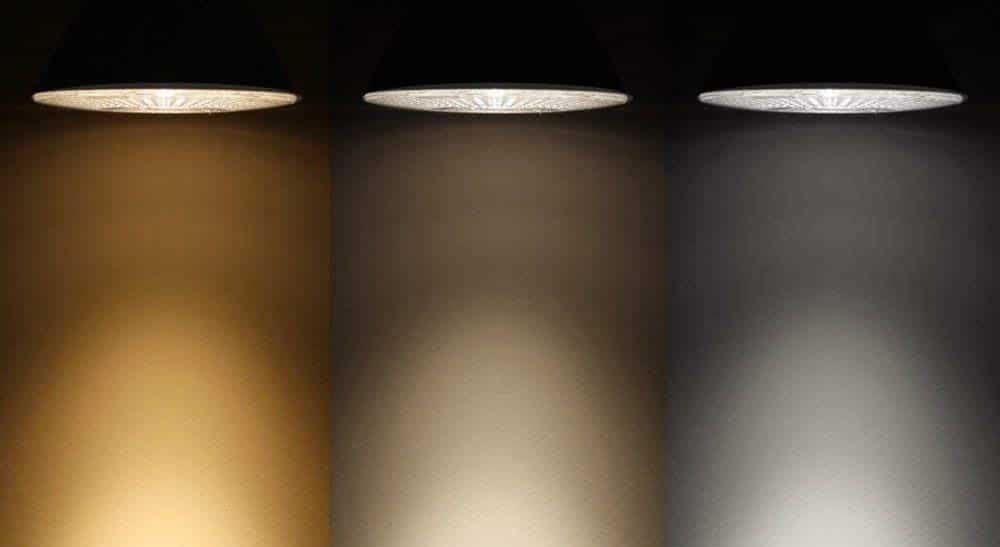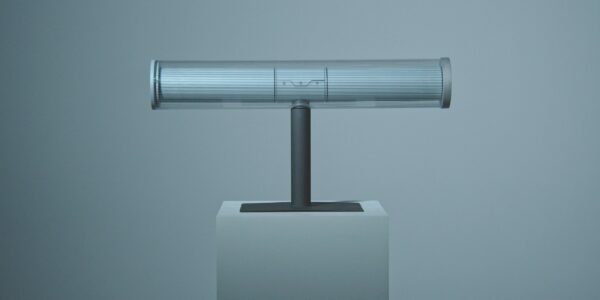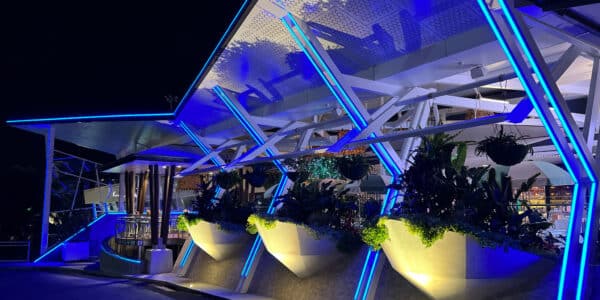In an age where lighting technology is evolving at an unprecedented pace, LED lighting has emerged as a shining star, transforming how we illuminate our surroundings. One crucial aspect that influences the quality and ambience of light is Correlated Colour Temperature (CCT). This whitepaper delves into the depths of CCT in LED lighting, unraveling its significance, implications, and practical applications.
THE ESSENCE OF CCT
Correlated Colour Temperature (CCT) is a critical characteristic that defines the perceived colour appearance of light emitted by a source, particularly LED lights. CCT is measured in Kelvin (K) and is often used to classify light as “warm” or “cool.” Lower CCT values indicate warmer, more reddish hues, resembling the glow of candlelight, while higher values correspond to cooler, bluish tones, akin to daylight.

CCT’S IMPACT ON HUMAN PERCEPTION
CCT profoundly influences how we perceive spaces and objects. Warmer CCTs evoke a sense of coziness and relaxation, making them ideal for residential settings, restaurants, and hospitality environments. Cooler CCTs, on the other hand, enhance focus and alertness, making them suitable for offices, hospitals, and retail spaces. Understanding CCT allows us to craft atmospheres that align with desired emotions and activities.
BALANCING AESTHETICS AND FUNCTIONALITY
The interplay between CCT and the quality of light is a delicate balance. Manufacturers can tailor CCT to achieve specific aesthetics, but must also consider the practical needs of the space. For instance, a retail store might opt for a cooler CCT to enhance product visibility, while still maintaining an inviting ambiance.
CCT AND AESTHETICS



CCT AND CIRCADIAN RHYTHMS
Recent studies have shed light on the impact of light on human circadian rhythms. Cooler CCTs during the daytime can help regulate our internal clocks, promoting alertness and productivity. Warmer CCTs in the evening aid relaxation and sleep readiness. Smart lighting systems that adjust CCT throughout the day can mimic natural lighting patterns, positively influencing our overall well-being. Verbatim Lighting can supply tuneable white luminaires and control systems to suit your requirements.
SELECTING THE RIGHT CCT
Choosing the appropriate CCT involves assessing the context and purpose of the lighting. Collaborating with lighting designers and experts can guide decision-making. Architectural elements, colour schemes, and intended activities all play a role in determining the ideal CCT. A nuanced approach ensures that the lighting enhances both the space’s functionality and aesthetics.
LED TECHNOLOGY AND CCT CUSTOMISATION
One of the remarkable features of LED lighting is its flexibility in CCT customisation. LEDs can be designed to emit a wide range of colours, allowing for dynamic control over the lighting environment. From warm whites reminiscent of sunrise to cool whites that simulate a clear sky, LEDs offer unprecedented versatility for creating desired atmospheres.
Correlated Colour Temperature (CCT) in LED lighting holds the power to transform spaces and experiences. Its ability to evoke emotions, impact circadian rhythms, and merge functionality with aesthetics makes it an indispensable tool for lighting designers, architects, and businesses. By harnessing the potential of CCT, we can truly illuminate the future, creating environments that seamlessly integrate technology and human well-being.
PREMIUM LED SOLUTIONS FROM VERBATIM LIGHTING
With an extensive catalogue of premium LED lighting solutions, including the Forlite, Lumex and NERI brands, Verbatim Lighting can assist designers, architects and contractors with their custom lighting projects. Our team can offer expertise on Correlated Colour Temperature and its association with aesthetics and space functionality to reach optimal results.



